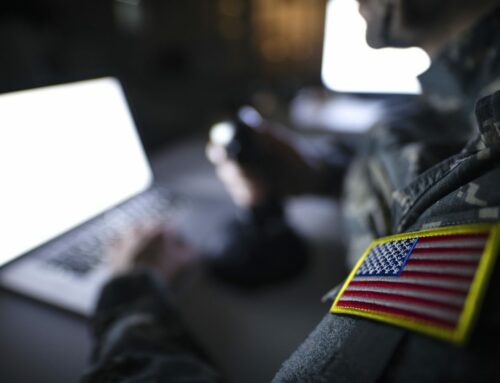The excitement builds as SEWP VI gets closer every week. This opportunity towers over all others in the federal IT space. Estimated $77B ceiling.
Given our market position, it’s evident that many companies have already begun their efforts. Maybe not writing, but rather in developing strategy.
Now is the time to begin. The focal point of this initiative should be the completion of due diligence and the formulation of a strategic plan. Action in these areas will enhance the prospects of winning.
Current Imperatives for SEWP VI Bidders: Strategic Actions to Secure Success
We call what is needed now a Proposal Readiness Review (PRR). A PRR is primarily a Gap Analysis comparing a bidder’s capability to the requirements of the RFP. The PRR analyst looks at every RFP requirement and categorically assesses the bidder’s capability to address each item.
Following below is a high-level overview view of the requirements the PRR analyst looks at.
Structure
First of all, recall, the categories are:
Category A – IT hardware and software
Category B – Enterprise hardware, software, and services
Category C – IT services
3 Phases – all due at the same time
PHASE 1
Certifications
Do we have the required certs:
- ISO 9001:2008 or 9001:2015 Certification (all categories)
- CMMI-DEV or CMMI-SVS Level 2 or higher (Categories B & C)
If we don’t have these certs, it is time to find a source who can hopefully help us get there prior to RFP submission. As an educated guess, this is eight or nine months from now.
Mandatory Experience – Pass / Fail
Cat. A – 2,000 CLINS for each of 6 subareas for total 12,000 CLINS
Cat. B – 4 Related Experience Programs (REPs) of $30,000,000 for each of 10 sub-areas
Cat. C – REPs of $30,000,000*
- Small Business – 3
- HUBZone, SDVOSB, and EDWOSB – 2
*Note: There are questions submitted RE: the $34.5M small business standard and the $30,000,000 experience requirement. These questions have not been answered yet.
PHASE 2 – Past Performance
Past Performance – Must score only moderate.
Small Business – must submit 3 past performance citations of $500,000 for Cats. A and C. And submit 3 citations of $1,000,000 for Cat. B.
HUBZone, SDVOSB, EDWOSB – Cat. B and C. – 4 REPs in at least 2 sub-areas.
Large Business – Cat. A and B – 4 REPs for $2,500,000.
Phase 3 – Mission Suitability
Here is the critical part of the bid. Mission Suitability primarily includes the Technical Approach and Management Approach. Whereas other parts of the proposal have scoring that is more nearly cut and dried, such is not the case for Mission Suitability.
We know that the NASA personnel scoring SEWP VI propoosals are earnestly committed to selecting vendors who have the breadth and depth to handle a program of such broad and deep scope. It therefore behooves all bidders to prepare their Technical and Management responses with all deliberate care.
We further know that SEWP evaluators are famous for liking innovative responses. That is innovations that, for example, speed the process, combine technical products for greater efficiency, or provide a new wrinkle to improve program management. So we are all on notice to figure out innovations to help our bids score higher.
Unlike the just-barely responses that are acceptable in Phase 2, our Mission Suitability responses must score “high confidence” in order to pass. So we are on notice that we either be able to score high here or better to just no-bid.
SEWP VI Environmental Requirements
There is a surprising environmental call-out in the DRFP. The gist of it is that, successful bidders have to have an environmental policy. There are two key parts to the policy:
- To ensure compliance with best environmental standards at bidder facilities.
- More difficult, to also ensure that all suppliers and vendors have acceptable environmental standards.
We can’t bluff our way through this. We must have a process that will let us answer the requirement in a satisfactory manner. Many small and medium-size businesses don’t have such a policy and also lack the in-house experience to create one. OCI can help here.
Benefits of a Proposal Readiness Review (PRR)
Prospective bidders are encouraged to conduct a Performance Readiness Review (PRR) to evaluate their capabilities against the Request for Proposal (RFP). The best time for such an assessment is now. This is suggested even for an incumbent, because a third-party view is more nearly free of bias than an in-house view.
For two decades, OCI has been a valued partner in supporting customers with PRR studies, typically completed within 40 hours or less.
The PRR culminates in providing the bidder with a comprehensive understanding of their position relative to each requirement. This includes the identification of potential challenges and a compiled list of issues. Armed with this insight, bidders can confidently make informed bid/no-bid decisions, gaining clarity on whether the challenges are surmountable or if the bid should be reconsidered.
Learn more about our SEWP VI proposal support services here.





Leave A Comment